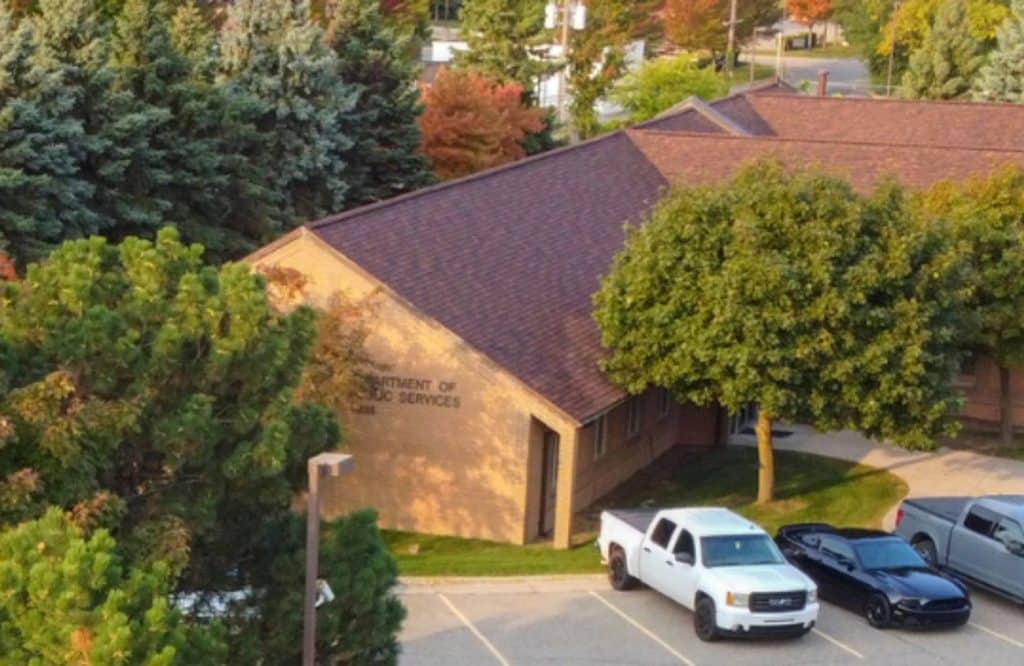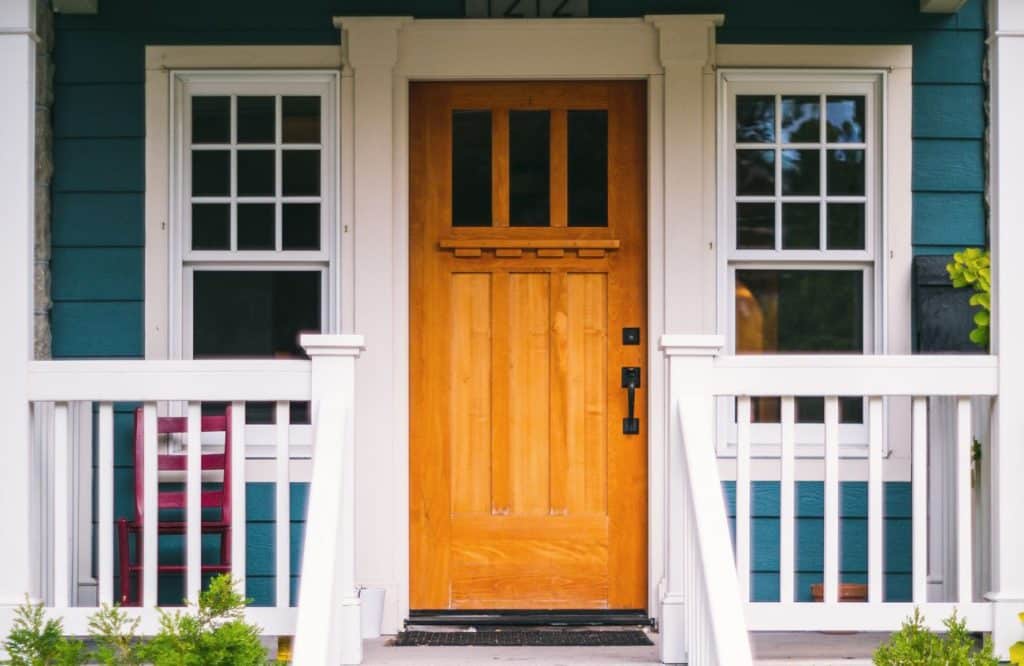Water meter replacement programs are often viewed as purely logistical operations—swapping outdated meters for new smart technology. But forward-thinking utilities recognize that each meter replacement visit represents a rare and valuable opportunity: direct access to the customer’s property and plumbing system. When properly leveraged, these visits do more than modernize metering. They enhance water quality protection, improve compliance, and deliver long-term savings.
Essential Knowledge & Skills
Cross-Connection Control for Water Department Staff
Beyond the Meter: Expanding On-Site Activities
Every time a trained technician steps into a basement, utility room, or meter pit, they have a chance to collect crucial information that strengthens your utility’s overall water safety program. By incorporating sump pump visual inspections, cross-connection control surveys, and other visual verifications, utilities can multiply the value of every site visit without significantly increasing labor time or disruption to water customers.
- Sump Pump Inspections: A brief confirmation that sump pumps discharge to proper drains instead of sanitary lines helps identify illicit connections that can overload wastewater systems during storms.
- Cross-Connection Surveys: A simple visual review of nearby plumbing connections (e.g., hose bibbs, boilers, water softeners, irrigation systems) can uncover unprotected cross-connections that pose contamination risks to the public water supply.
- Fixture & Device Documentation: Photographic or app-based data collection can build a valuable record of service line conditions, backflow device locations, and water service materials—supporting both compliance and future maintenance planning.
Train to Avoid Installation Errors & Ensure Quality
The difference between a successful meter replacement project and one that results in costly callbacks often comes down to technician training and field awareness. A well-trained meter technician doesn’t just follow procedures, they understand (and can explain) why procedure matters.

Common installation pitfalls—such as reversed meters, misaligned gaskets, or damage to threads and seals—can be minimized through comprehensive training that blends mechanical skills with an understanding of water system hydraulics, backflow principles, and data accuracy protocols.
For example, HydroCorp conducts extensive on-site meter training at a state-of-the-art facility, ensuring our technicians know what to do and how to do it—as well as preparing them to address any surprise problems they may encounter. HydroCorp’s meter replacement training programs emphasize:
- Proper meter orientation and sealing techniques
- Pressure and flow verification steps
- Recognition of cross-connection risks during installation
- Documentation consistency for system mapping and asset management software
When technicians are empowered with a broader understanding of the systems they’re working on, they become ambassadors for system reliability and safety, not just meter installers. Technicians are then also better equipped to educate water customers while on-site, improving system security at each service connection from the ground up.
A Systemwide Improvement Opportunity
For many utilities, meter replacement cycles occur only once every 10 to 20 years. That’s why you must maximize the value of this once-in-a-decade customer contact. Integrating cross-connection control checks, sump pump verifications, or service line material documentation adds a layer of public health protection and operational insight that benefits the community long after the last meter was installed.
In essence, every meter replacement visit can be a survey, a data collection event, and a quality assurance checkpoint. With proper planning, training, and integration, what starts as a routine replacement program becomes a strategic utility improvement initiative—protecting water quality, ensuring compliance, and strengthening customer trust.
Ready to learn more about how HydroCorp can support your utility’s efforts, from meter replacement to cross-connection control?


